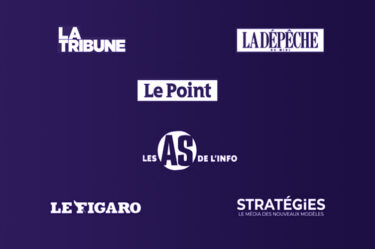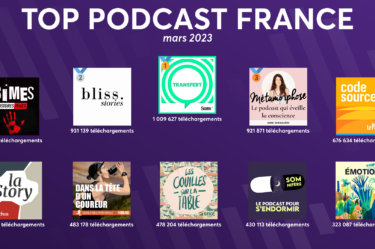Text-to-speech or digital voices can turn any text into audio in a matter of seconds. This technology is now used in many of our industries and has made amazing progress in recent years. Today, we can find synthetic voice everywhere, especially in the entertainment sector, in video games, social media, advertising, connected speakers, cinema, etc. But the use of digital voices is not limited to that. Indeed, it facilitates access to information and communication for people with visual or speech impairments.
Synthetic voice and speech disorders
Language disorders can be caused by diseases such as stuttering (which affects approximately 1% of the population), mutism, aphasia, or dysphasia, trauma, or neurodevelopmental disorders, such as autism or dyslexia. These illnesses and developmental disorders can lead to difficulties in oral communication. For many years, text-to-speech tools and software have made it easier for people with these disorders to communicate by entering text on devices such as tablets or smartphones to be read by text-to-speech voices.
Among these tools, one can find Dys-Vocal, a reading and writing assistance software for people suffering from “Dys” disorders (dyslexia, visual-spatial dyspraxia). It includes a reading and voice recognition module. The synthetic voice module “SDVocal” has several languages allowing voice reading with progress monitoring. This app is used by national education, as well as by health professionals specialized in the treatment of these disorders. This software has made learning easier and more fluid for children, on whom these language disorders have important consequences on daily life, especially in school.
ACAT, Stephen Hawking’s synthetic voice software
This is probably the best known example of voice synthesis software for health. ACAT (Assistive Context-Aware Toolkit) is the name of the speech software used by the astrophysicist Stephen Hawking to communicate. He suffered from Charcot’s disease, which is characterized by a progressive loss of the motor neurons of the brain and an almost total paralysis. The principle of use of the tool consists in selecting the letters by contracting the cheek. An infrared sensor installed on the researcher’s glasses detects the movements.
At the beginning, this software was very slow and could only read two words per minute. The company Intel made the tool more efficient by implementing a prediction system. When the first letters are typed, the software suggests a list of words according to the context. The entered text can then be read by the synthetic voice, the famous voice you hear when Stephen Hawking gives an interview or a lecture. ACAT also allows you to move a mouse, which allows you to navigate on the Internet. A few years ago, the software became open source to allow it to be adapted to other platforms and to extend its use to the largest number of people.
Audio, a crucial substitute for sight
Vision problems, such as blindness, glaucoma or cataracts, can lead to partial or total loss of sight, making it difficult or impossible to read texts. Text-to-speech is the solution to enable visually impaired people to access information by reading written text aloud. Synthetic voices can also help people with vision impairments navigate websites and use apps by providing audio instructions.
The SNCF’s synthetic voice announcements
In France, it’s impossible to talk about synthetic voice without mentioning the SNCF, which has been working for a long time to facilitate access to public transport for the visually impaired. Since the 1980s, the French national railway company has been working on sound and audio, which are an integral part of its brand identity. Its design and sound signature are now known to all. A few years ago, the SNCF called on Voxygen, a company that develops personalized voice synthesis solutions based on artificial intelligence, to create “e-Mone” and to digitize and immortalize the voice of Simone Hérault, the SNCF’s leading vocal talent for forty years.
Synthetic voices are now widely used in mobile situations, in trains, subways, at crosswalks (audio guides for the blind), etc. Transport companies were pioneers in introducing audio on board of trains and in stations. As early as the 1990s, the SNCF (French National Railways) launched its audio dressing using synthetic voices, a unique solution in that it allowed messages and thousands of station names to be audio-enabled in record time, a challenge impossible to achieve with human voices.
Today, synthetic voices can assist people with speech or vision impairments in understanding and communicating written messages. In the fields of transportation, health or entertainment, the audio technologies of synthetic voice are improving day by day, and with the explosion of AI, it is expected that the accessibility of people with these disorders will be facilitated even more.






